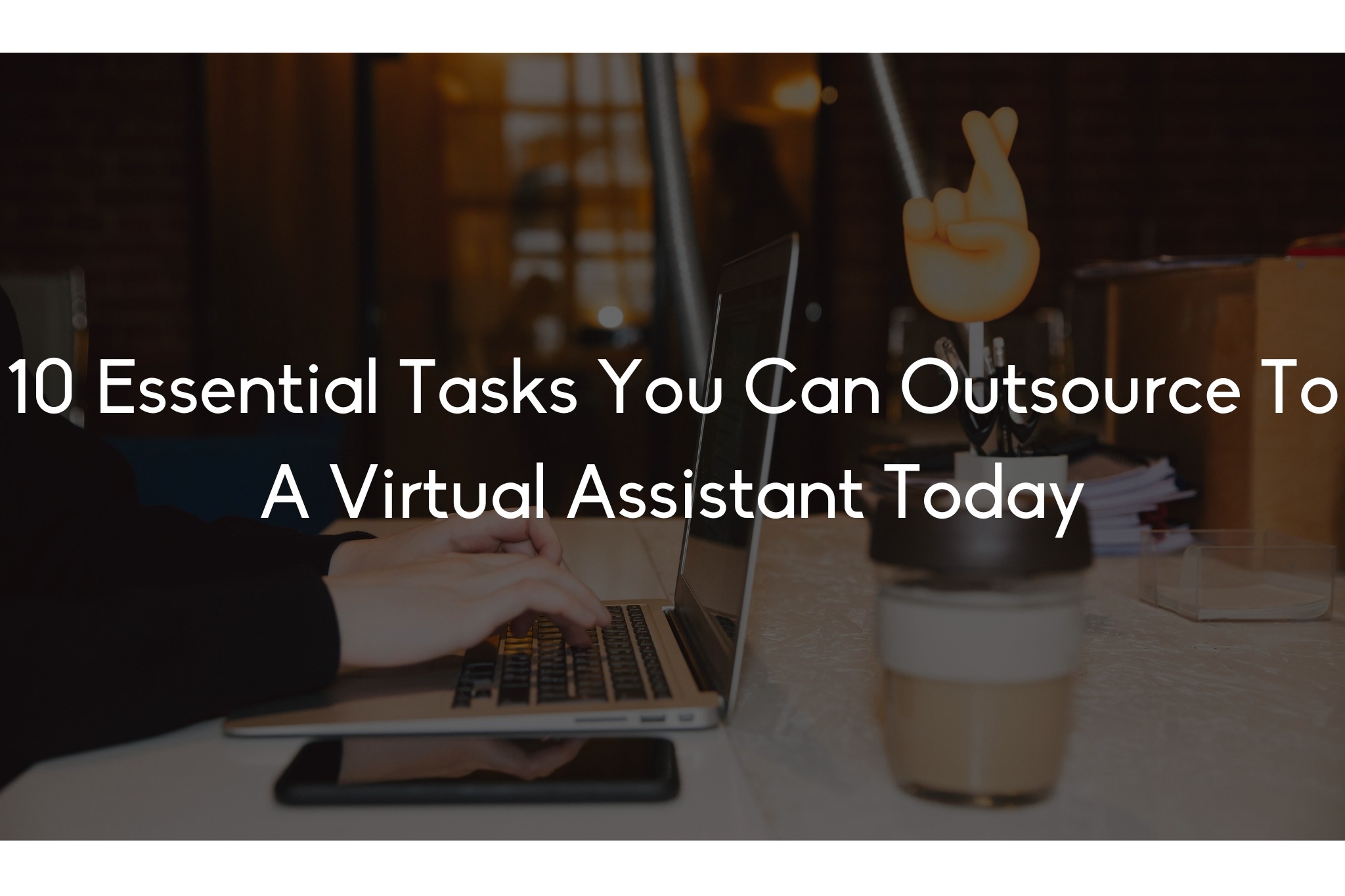
 Cash flow issues can feel like you’re trying to drive with one foot on the gas and the other on the brake. You’re generating revenue, but the money seems to disappear as fast as it comes in. For small business owners and agency founders, this scenario is far too common—and dangerously disruptive.
Cash flow issues can feel like you’re trying to drive with one foot on the gas and the other on the brake. You’re generating revenue, but the money seems to disappear as fast as it comes in. For small business owners and agency founders, this scenario is far too common—and dangerously disruptive.
The good news? You can take control of your cash flow without slashing budgets or stalling growth. By adopting smarter, more intentional ways to manage your business expenses, you’ll not only stabilize your operations—you’ll create room to scale.
In this post, we’ll break down practical, results-focused strategies for managing business expenses that support consistent cash flow—based on what we know works from growing Katuva and supporting dozens of other small business owners.
You can’t manage what you don’t understand. Many business owners look at their bank balance and make decisions based on gut feeling. That’s a recipe for stress—not strategy.
Set up a simple monthly budgeting system. At Katuva, our SOPs include a “Monthly Budget” and a “Savings/Cash Cushion Plan”. These are the non-negotiables:
Don’t wait for tax season to figure out where the money went. Use tools like QuickBooks, Xero, or even a detailed spreadsheet to track spending against budget in real time.
Cash cushions aren’t just for rainy days—they’re for keeping your sanity when a client pays late or sales dip for a month.
Build up a savings reserve to cover at least 1–2 months of essential operating expenses. In our internal finance SOPs, we implement a “Cash Cushion Plan” to ensure we’re not operating hand-to-mouth. Automate your savings by transferring a set percentage of incoming revenue into a separate “no-touch” savings account.
Not all expenses are created equal. Some fuel growth; others just look busy.
Audit your expenses quarterly. Ask:
Instead of blanket cutting, reallocate resources to high-ROI areas: lead gen, VA support, or tools that streamline operations. For example, investing in a Katuva VA might cost $695/month, but if they free up 40 hours of your time, the ROI speaks for itself.
Hiring locally for every task is expensive. Overhead balloons quickly—especially when it’s for work that doesn’t require in-house talent.
Outsource non-core tasks to well-trained virtual assistants. At Katuva, we help businesses find VAs who are not just affordable but highly skilled. Our clients typically save 60–70% on labor costs by shifting tasks like inbox management, customer service, and lead sourcing to remote team members.
Better yet, use our Empower+ onboarding program to ramp up fast with support, training, and oversight built in.
 Avoid the Feast-and-Famine Trap
Avoid the Feast-and-Famine TrapCash flow often collapses because businesses aren’t planning for the dips between revenue peaks.
Create a revenue smoothing strategy. That might include:
Katuva’s Empower+ setup fee ($998.50) plus the monthly subscription model for VA services creates predictable revenue—a model you can mirror in your business.
Late payments can wreck your cash flow—even if you’re profitable on paper.
Automate invoicing and collections using platforms like Stripe, QuickBooks, or GoCardless. Set clear terms (net 7 or 14 vs. net 30), and use automated reminders to follow up. Avoid long delays by requiring payment info at contract signing.
For higher-end clients, offer auto-billing or monthly auto-deduct to keep the income predictable.
One flat rate doesn’t serve every client—or every cash flow cycle.
Take a page from the Katuva playbook and offer tiered service packages:
This allows clients with different budgets to get started sooner—and lets you increase average revenue per user over time through upselling.
Your vendors may be willing to help your cash flow if you just ask.
Negotiate payment terms with freelancers, software providers, and suppliers. For example:
A simple email can lead to thousands in breathing room.
Cutting expenses alone won’t build a thriving business. You need to invest in the right areas if you want to grow.
Budget proactively for growth activities like:
Track which of these efforts yield real traction, and reinvest in what’s working.
Burnout is a hidden expense—and it costs you way more than you think.
If you’re juggling admin, lead follow-up, client support, and strategy all by yourself, you’re draining your own productivity. Hire help before you’re desperate. The right VA or operations support can free you up to focus on high-leverage activities like building client relationships or innovating offers.
At Katuva, we’ve seen our clients double their revenue by handing off the right tasks at the right time.
Cash flow struggles are not a sign of failure—they’re a sign your business is at a transition point. You don’t need to “hustle harder” or wait for the next big sale. You need structure, strategy, and smarter systems.
By following the principles above—grounded in clarity, delegation, and forward-thinking budgeting—you can transform cash flow from your biggest headache into your strongest growth lever.


